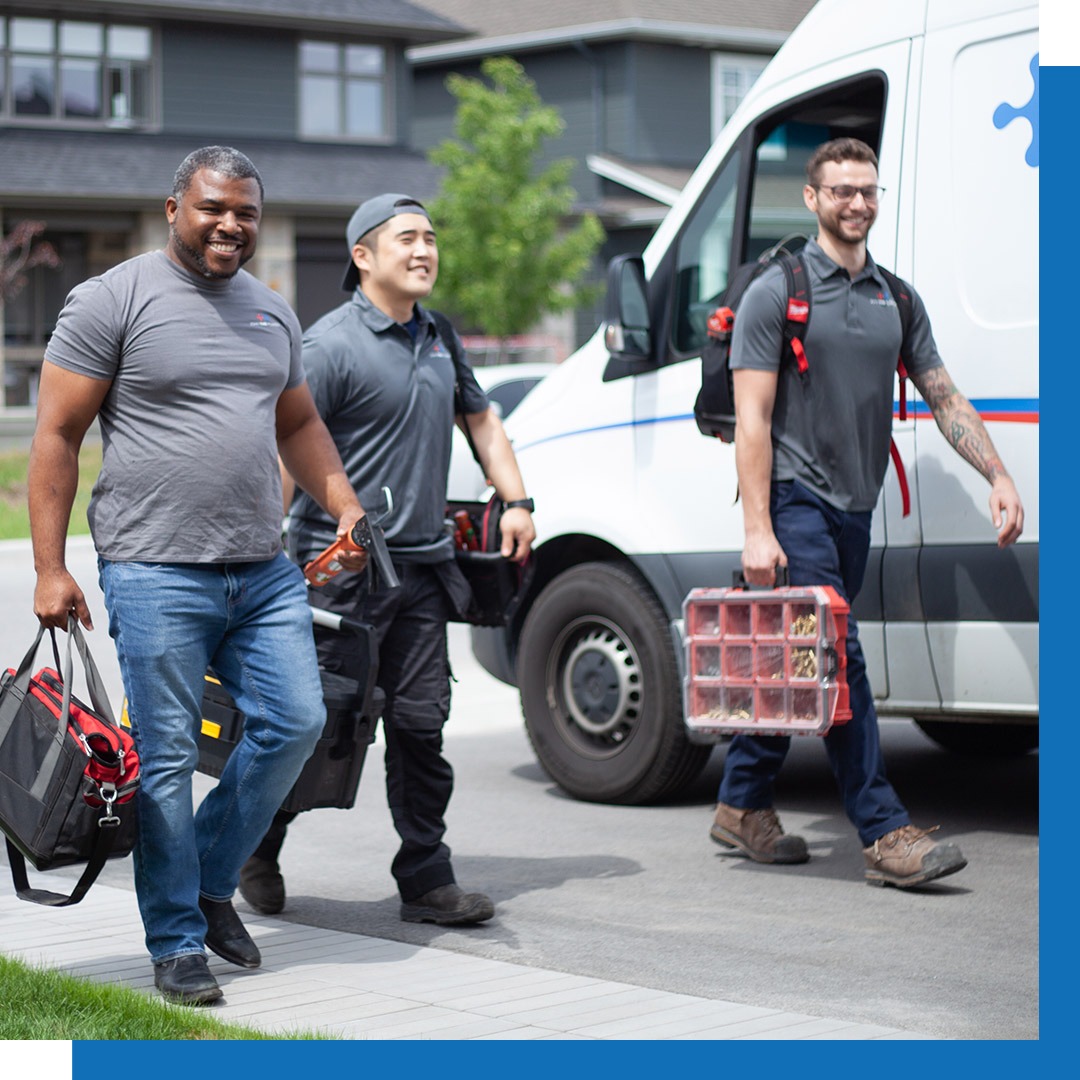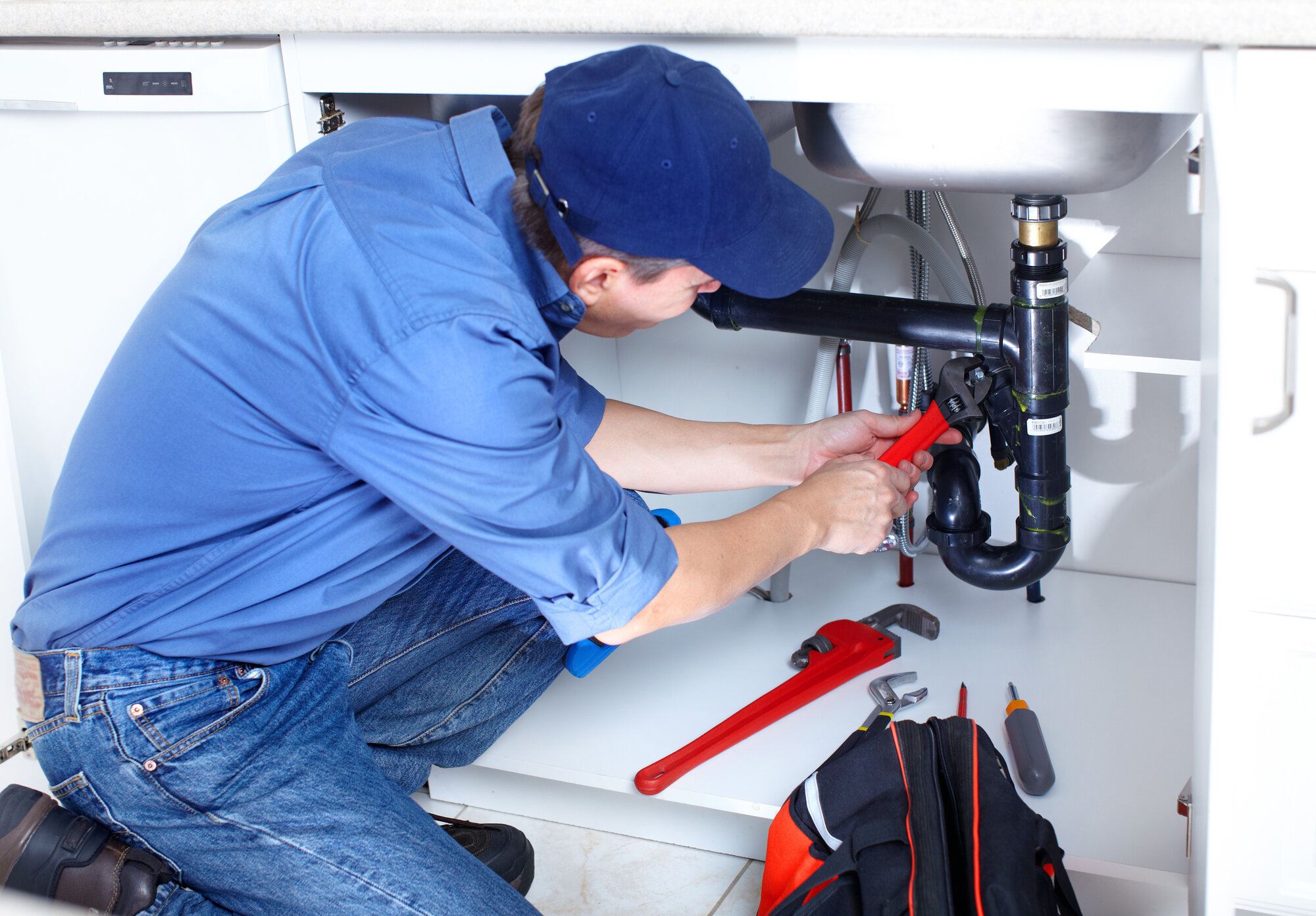Dependable Plumber Alabaster AL for All Your Emergency situation Demands
A Detailed Overview to Reliable Water Heater Installment for Optimum Performance
Getting started on the job of mounting a water heating unit is a venture that demands accuracy and a methodical strategy for achieving ideal efficiency. The procedure starts with the important choice of selecting the suitable heating system customized to the details demands of your home, taking into consideration elements such as size, power, and type resource. As soon as selected, preparing the installation location to satisfy safety criteria is vital. Nevertheless, the trip doesn't finish right here. As you continue, the complexities of attaching supply of water lines and establishing trusted electrical or gas links await, appealing understandings into making sure effectiveness and reliability.
Selecting the Right Hot Water Heater

Following, consider the dimension and ability of the water heating unit. It's important to examine your home's warm water requirements, which can differ based on the number of residents and their usage patterns. An unit that's as well little might cause not enough warm water, while a large version could cause unnecessary energy consumption.
Efficiency ratings likewise play an essential duty in option. Look for water heating units with high Energy Aspect (EF) scores, suggesting remarkable efficiency and lowered power use. Tankless designs, though normally extra pricey ahead of time, deal significant power cost savings gradually because of their on-demand heating capabilities.
Preparing the Installation Area
Before setting up a new water heating unit, thorough prep work of the installment area is crucial. It's vital to measure the room thoroughly to accommodate the water heating unit's measurements, guaranteeing adequate clearance around the system for efficient operation and maintenance.
Following, remove any type of particles, dirt, or blockages from the site to create a clean setting. Examine the floor for stability, as the hot water heater will need a solid, level surface area to run effectively. If required, set up a drip pan underneath the device to capture prospective leakages or spills, protecting against water damages to the surrounding location. In areas vulnerable to seismic task, consider installing seismic straps to protect the heating unit strongly in position.
Additionally, guarantee that all required tools and materials are on hand prior to starting the installment. This consists of things such as wrenches, screwdrivers, a degree, and any additional hardware required for mounting and securing the heating unit. A well-prepared installment location sets the structure for an effective water heating unit configuration, optimizing efficiency and security.
Connecting Water Lines
When linking supply of water lines to your newly mounted water heating system, it is crucial to guarantee that all links are leak-free and safe to maintain efficient procedure and avoid water damage. Begin by determining the hot and chilly water system lines. The cold water inlet is typically noted with a blue label or a "C", while the warm water electrical outlet is marked with a red tag or an "H".
Usage flexible water heating unit ports to promote a much easier installment procedure. Prior to connecting the adapters, position a plumbing's tape around the threaded ends of the water heating unit's inlet and electrical outlet pipelines.
Once connections are in location, slowly activate the primary water valve. Examine each connection for leaks by visually really feeling and examining for dampness. Tighten up links as essential, and guarantee the pressure safety valve is properly set up, securing against extreme pressure build-up.
Establishing Electrical or Gas Connections
Properly establishing up the electrical or gas connections for your water heating system is a crucial action to guarantee safe and reliable procedure. For electric water heating systems, begin by verifying that the electric circuit is compatible with the heating system's voltage and amperage demands.
For gas water heating units, additional hints safety and security is vital. Validate that the gas supply is off prior to continuing. Link the gas line to the hot water heater making use of a flexible gas adapter, ensuring it is effectively threaded and sealed with pipeline joint compound or Teflon tape ideal for gas connections. Tighten the links with a wrench, taking care not to over-tighten (Plumbing Alabaster AL).
Once connections are made, examine for any kind of potential leaks. For gas lines, use a soapy water solution to the joints; bubbles suggest a leakage. For electrical connections, ascertain that all wiring is safe and effectively protected, preserving conformity with neighborhood electric codes.
Changing and checking for Performance
With the electric and gas read what he said links firmly in place, the following action is evaluating the operational efficiency of your hot water heater. Begin by very carefully transforming on the water and ensuring there are no leakages at any one of the joints or shutoffs. Once validated, continue to fill the storage tank, taking notice of the pressure and temperature level setups. It is advisable to set the thermostat to an advised temperature level of around 120 ° F(49 ° C) to stabilize power effectiveness and comfort.
Next, carry out a complete evaluation to guarantee the heating components or gas heaters are working properly. For electric heating systems, use a multimeter to verify if the elements are attracting the suitable current. In gas versions, observe the heater flame; it needs to be consistent and blue, suggesting efficient burning.
Change the settings as essential to get rid of inadequacies. Think about executing insulation actions, such as adding a hot water heater covering, to further boost performance by decreasing warm loss. Additionally, examine the anode rod's problem, as a scrubby pole can decrease efficiency and cause tank deterioration.
Conclusion
Reliable hot water heater installation is important for ensuring ideal efficiency and energy cost savings. By choosing the ideal type and dimension, and meticulously preparing the installment area, a foundation for success is developed. Securely linking water system lines and meticulously setting up electrical or gas connections decrease possible issues. Comprehensive testing for leakages and precise thermostat changes to 120 ° F boost reliability and performance. Adhering to these steps promotes long-lasting functionality and power preservation in domestic water furnace.

Correctly setting up the electric or gas links for your water heating system is an important step to make sure risk-free and reliable operation. For electrical water heating systems, start by verifying that the electrical circuit is compatible with the heating system's voltage and amperage demands. Link the gas line to the water heating unit using a flexible gas connector, guaranteeing it is properly threaded and sealed with pipe have a peek at this site joint substance or Teflon tape suitable for gas links.